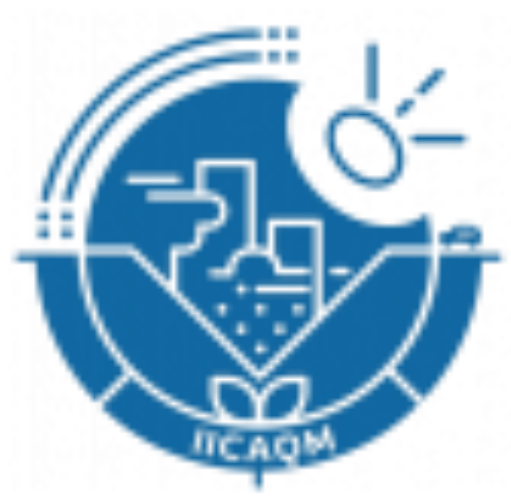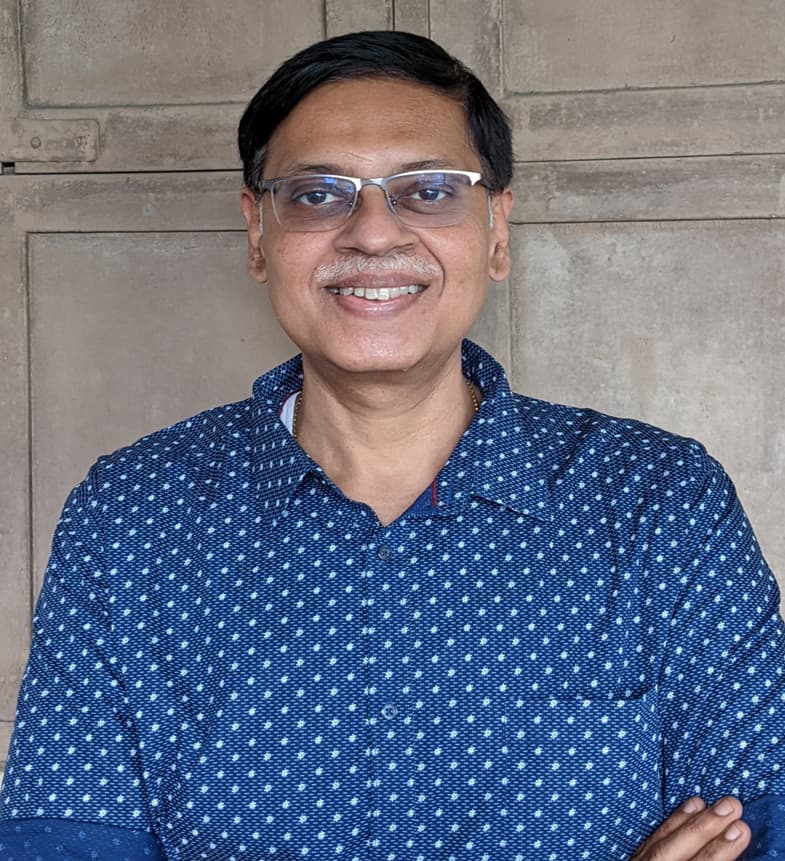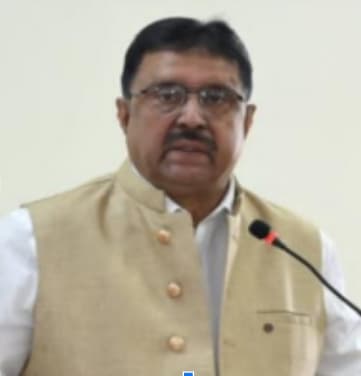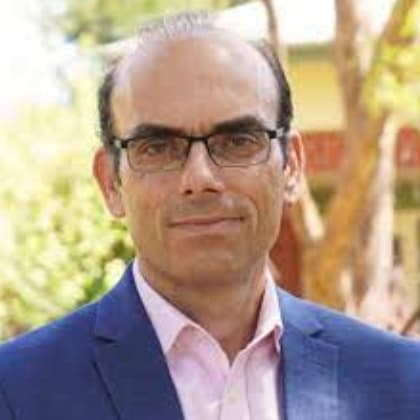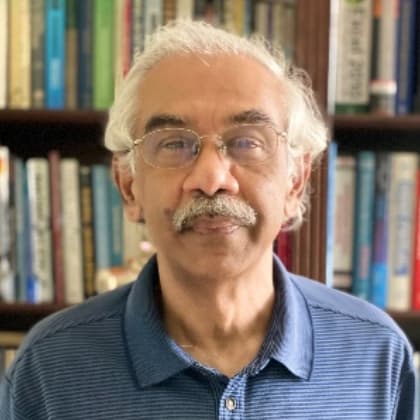Prof. Chandramouli P
IIT Madras
Talk 1: Noise pollution characteristics in indoor and outdoor environments
ABSTRACT
Most of the human activities especially manufacturing industries and transportation sector contribute significantly to noise pollution. For example road/rail/air infrastructure, machinery and other equipment used for civil engineering infrastructure and factories create noise pollution. In this lecture we will look at how these affect the quality of life for humans by examining the characteristics associated with such sources. The distinction between indoor noise sources and their characteristics with those outdoors will be explored. This is required in order to be able to provide counter measures to control the noise pollution.
Talk 2: Noise pollution measurements
ABSTRACT
The noise produced by machines/equipment is related to the sound energy generated by them. A measure of the sound energy is the sound pressure level sensed by the human ear. After presenting a brief overview of the measurement systems required for characterizing the noise generated, the lecture will look at the noise indicators for overall annoyance as per ISO 1996-2:1987 standards. The effect of noise during the day, evening and night time will be discussed in calculating the annoyance levels.
ABOUT THE SPEAKER
Prof. Chandramouli P is currently Professor and Head of the Department of Mechanical Engineering at IIT Madras. His primary research interests are in the areas of acoustics and dynamics with an emphasis on low frequency sound absorption and vibration reduction. Currently he is studying the acoustical characteristics of musical pillars found in several temples of Tamil Nadu as well as exploring meta-materials for noise and vibration control. Prof. Chandramouli is an active consultant to Industry in the noise and vibration domain. He has also conducted several short-term courses in Noise & Vibration for Industry and Academia.
